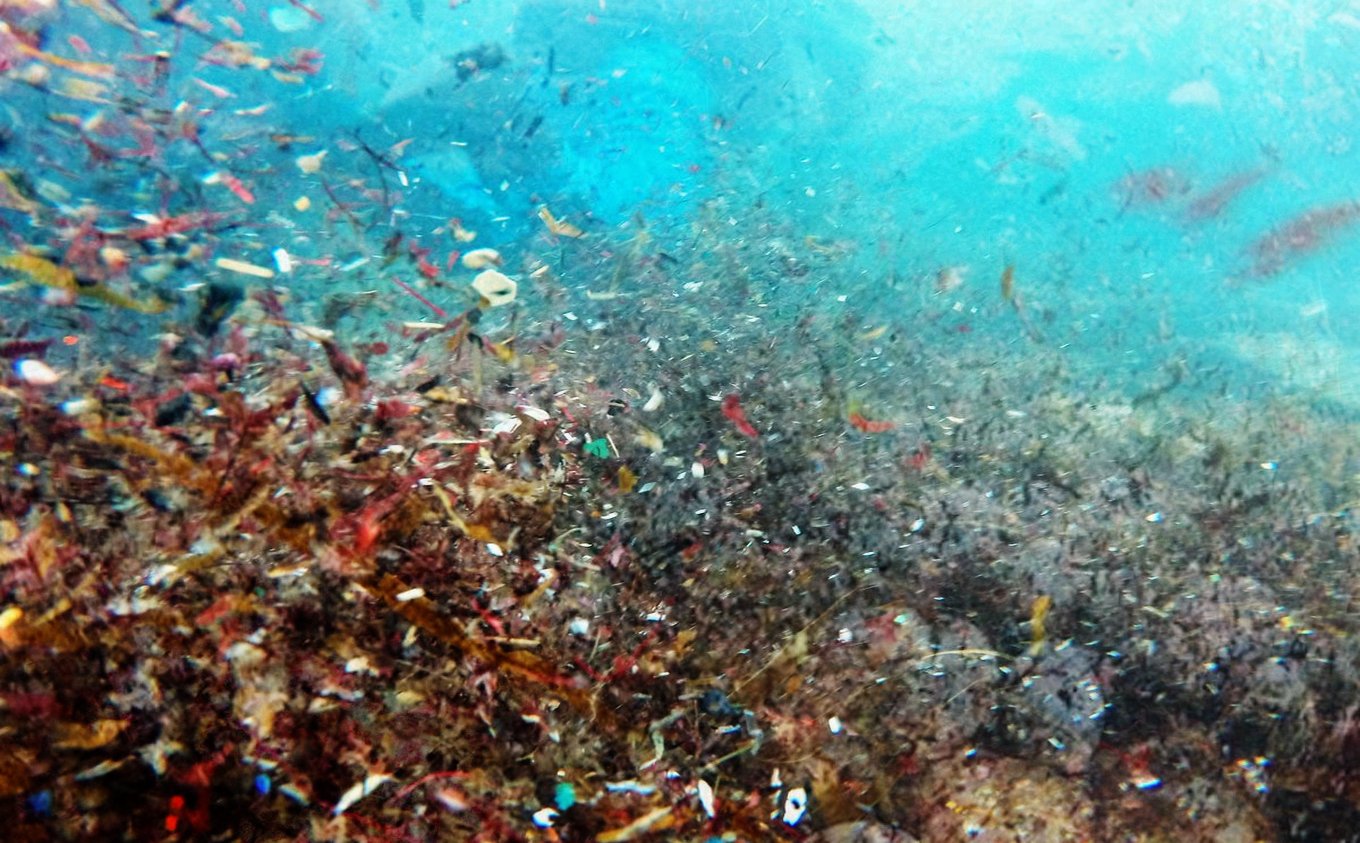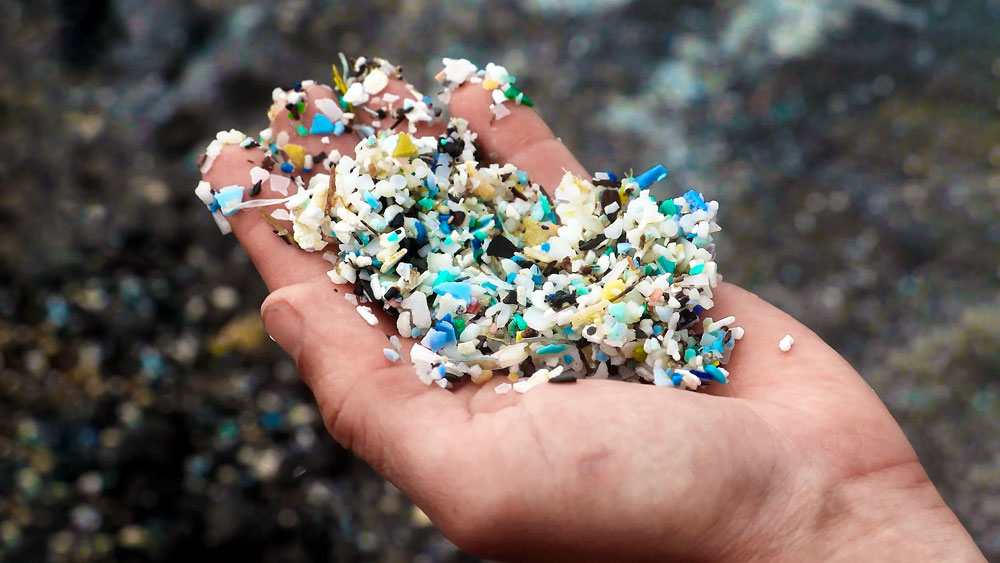
Microplastic In The Ocean
These tiny airborne particles, which range from human-made smog as well as volcanic ash, have different levels of influence on the climate by absorbing or reflecting solar radiation. Microplastic particles can drift around the atmosphere and travel of ribbons of wins for very large distances.
Now, scientists from Victoria University of Wellington as well as the University of Canterbury in New Zealand have been researching whether airborne microplastics are having a direct impact on Earth’s climate.
Reports in Nature magazine show models that suggest that the current types, distribution, and amount of microplastics swirling around the atmosphere can be both warming and cooling Earth’s climate, but to a minor extent.
Dr. Laura Revell, lead study author and chemist at the University of Caterbury, shared in a statement: “We investigated how airborne microplastics behave: do they warm or cool Earth’s atmosphere? It turns out that they do both. Overall, airborne microplastics are efficient at scattering sunlight which implies a cooling effect on climate. However, they can also absorb radiation emitted by the Earth meaning that they contribute, in a very small way, to the greenhouse effect.”
Dr. Revell continued: “The actual magnitude of microplastics’ influence on climate varies in our climate model simulations, depending on assumptions we made about how microplastics are distributed throughout Earth’s atmosphere.”

Microplastic Is The Invisible Enemy
“Our research shows that the influence of microplastics on global climate is currently very small. However, it is expected to increase in future: an estimated five billion tonnes of plastic waste have accumulated in landfills or the environment to date, and this figure is projected to double over the next three decades,” she added.
At this point, there’s hardly anywhere left on Earth where microplastics have no reached, from the inside of human beings to Antarctic ice. It is not agreed upon by scientists whether they will continue to have a negative impact on animals.
Existing research, which is still emerging, is showing that there is emerging evidence of microplastic exposure in humans can be linked to metabolic disturbances, carcinogenic effects, and neurotoxicity.

Microplastic In The Atmosphere Could Impact The Climate








